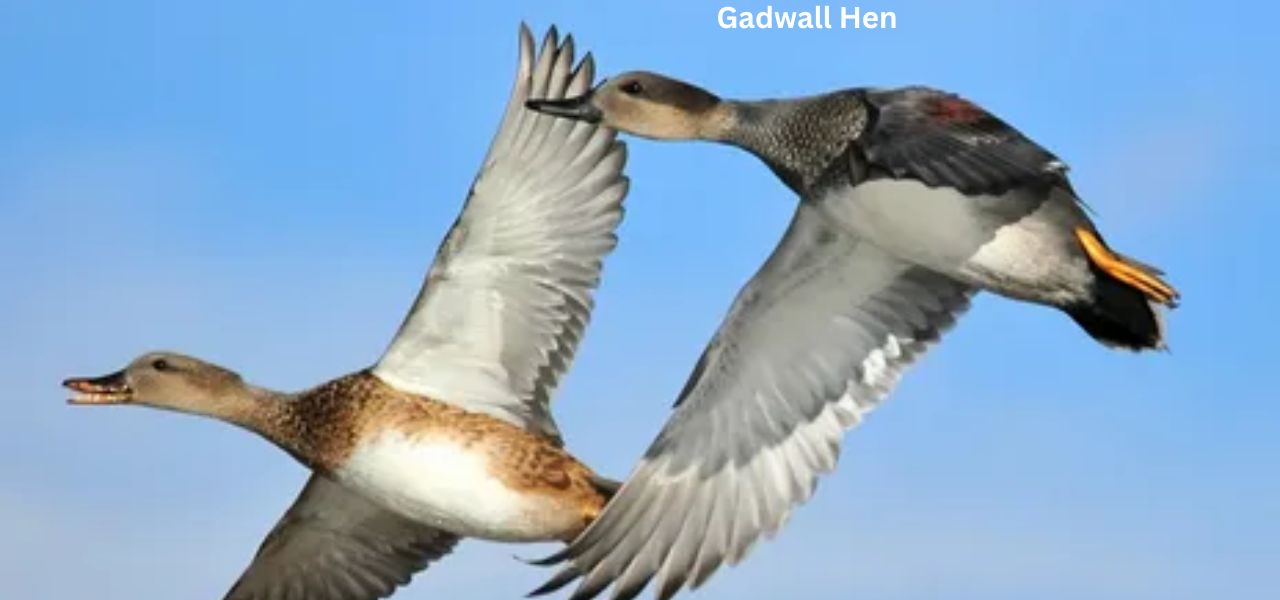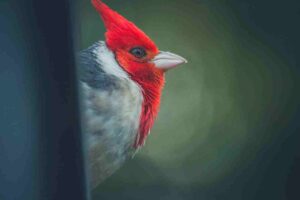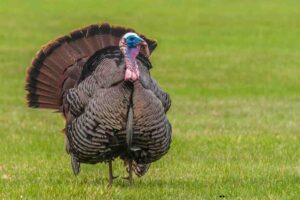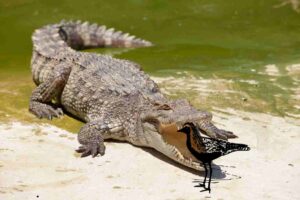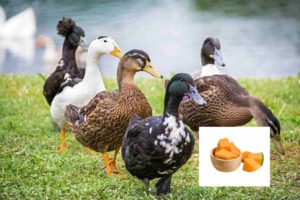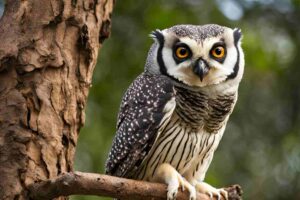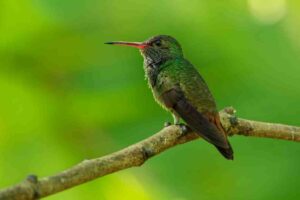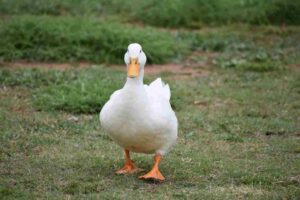The gadwall hen, a member of the duck family, is often overlooked in the world of waterfowl. Known for their subtle beauty and unique behaviors, gadwall hens are fascinating birds that play an essential role in their ecosystems. This article explores the characteristics, habitat, behavior, and conservation of the gadwall hen, providing a thorough understanding of this remarkable species.
Introduction to the Gadwall Hen
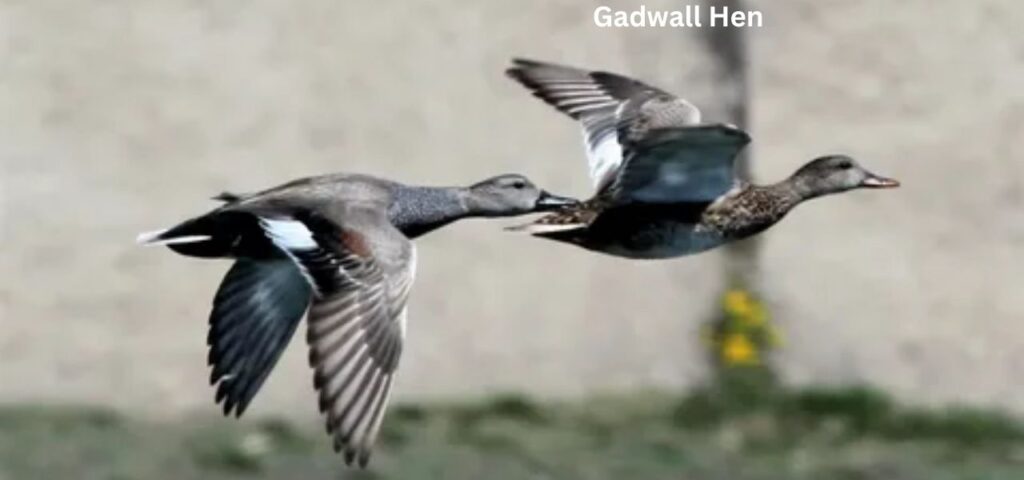
What is a Gadwall Hen?
Gadwall Hen is a medium-sized dabbling duck found primarily in North America and parts of Europe and Asia. Unlike their more colorful counterparts, the male gadwalls, gadwall hens exhibit a more subdued plumage, which helps them blend into their surroundings. This camouflage is particularly advantageous during nesting seasons, protecting them from predators.
Physical Characteristics
Gadwall hens are characterized by their mottled brown and gray feathers, which provide excellent camouflage in wetland environments. They have a distinctive, rounded head and a slightly elongated body, making them well-adapted to their habitats. This subtle beauty and their unique call make them a favorite among waterfowl enthusiasts
For more information on various duck species, you can explore this comprehensive guide on the Northern Pintail Duckling. The bill is relatively flat and broad, typical of dabbling ducks, and is yellowish or grayish in color. Adult gadwall hens typically weigh between 1.5 to 2.5 pounds and have a wingspan of approximately 30 to 34 inches.
Habitat of the Gadwall Hen
Preferred Environments
Gadwall hens are commonly found in freshwater wetlands, marshes, and shallow lakes. They prefer areas with abundant vegetation, which provides cover and nesting material. These habitats are crucial for their survival, offering food sources such as aquatic plants, seeds, and small invertebrates.
Seasonal Migration
Gadwall hens are migratory birds, often traveling long distances between their breeding and wintering grounds. They typically migrate south during the colder months, seeking warmer climates and open water. The migration patterns of gadwall hens can be influenced by food availability, habitat conditions, and weather patterns.
Behavior of the Gadwall Hen

Feeding Habits
Gadwall hens are primarily herbivores, feeding on a diet that consists of aquatic plants, seeds, and grasses. They are known for their dabbling behavior, where they tip forward in the water to reach vegetation below the surface. This feeding strategy allows them to access food sources that other birds may not reach.
Social Structure
Gadwall hens are often seen in small groups or pairs, particularly during the breeding season. They can be somewhat social but are also known to be more solitary than other duck species. During migration, they may form larger flocks, which provide safety in numbers.
Reproduction and Nesting
Mating Season
The mating season for gadwall hens typically occurs in late winter to early spring. During this time, males display their vibrant plumage and engage in courtship behaviors to attract females. Courtship displays may include head bobbing, vocalizations, and intricate flight patterns.
Nesting Sites
Gadwall hens build their nests on the ground, often in dense vegetation near water sources. The nest is usually a shallow depression lined with down feathers and grasses, providing insulation for the eggs. Hens are known to be very secretive during the nesting process, relying on their camouflage to protect their young.
Egg Laying and Incubation
A typical clutch for a gadwall hen consists of 7 to 12 eggs, which are pale buff to creamy in color. The female incubates the eggs for about 28 to 30 days, during which time she rarely leaves the nest. Once the ducklings hatch, they are precocial, meaning they are relatively mature and can walk, swim, and feed themselves shortly after birth.
Gadwall Hen Adaptations
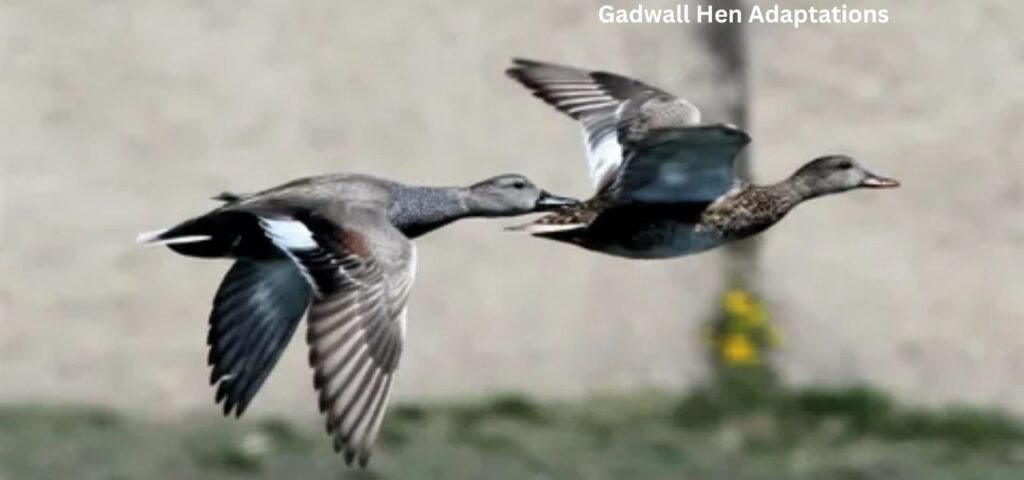
Camouflage
One of the most significant adaptations of the gadwall hen is its plumage. The mottled brown and gray feathers provide excellent camouflage in their natural habitats, helping them evade predators. This adaptation is especially crucial during the nesting period, where remaining hidden is vital for the survival of both the hen and her young.
Behavior
The gadwall hen’s feeding behavior is another adaptation that aids in its survival. Dabbling allows them to access food sources that are often overlooked by other species. Additionally, their tendency to remain in small groups or pairs can help them avoid attracting attention from predators.
Conservation Status
Threats to the Gadwall Hen
The gadwall hen faces several threats that can impact its populations. Habitat loss due to urban development, agriculture, and wetland drainage is one of the most significant challenges. Additionally, climate change poses a threat to their migratory patterns and breeding success, as changing weather conditions can affect food availability and nesting sites.
Conservation Efforts
Conservation organizations and wildlife agencies are actively working to protect gadwall hen habitats and ensure their populations remain stable. This includes habitat restoration projects, wetland conservation initiatives, and public education campaigns aimed at raising awareness about the importance of preserving these ecosystems.
The Role of Birdwatchers and Enthusiasts
Birdwatchers and nature enthusiasts play a vital role in the conservation of gadwall hens. By participating in citizen science projects, such as bird counts and habitat monitoring, they can contribute valuable data to researchers and conservationists. Additionally, promoting awareness of the challenges faced by gadwall hens can inspire others to take action to protect their habitats.
Conclusion
The gadwall hen is a remarkable bird that deserves recognition for its unique characteristics and behaviors. From its subtle beauty and adaptive feeding strategies to its migratory patterns and nesting habits, the gadwall hen plays an essential role in its ecosystem. Understanding the challenges it faces and the conservation efforts underway is crucial for ensuring the survival of this fascinating species.
The gadwall hen is not just another duck; it is a vital part of the wetland ecosystems it inhabits. By appreciating and protecting these birds, we contribute to the health of our natural world and the preservation of biodiversity.
